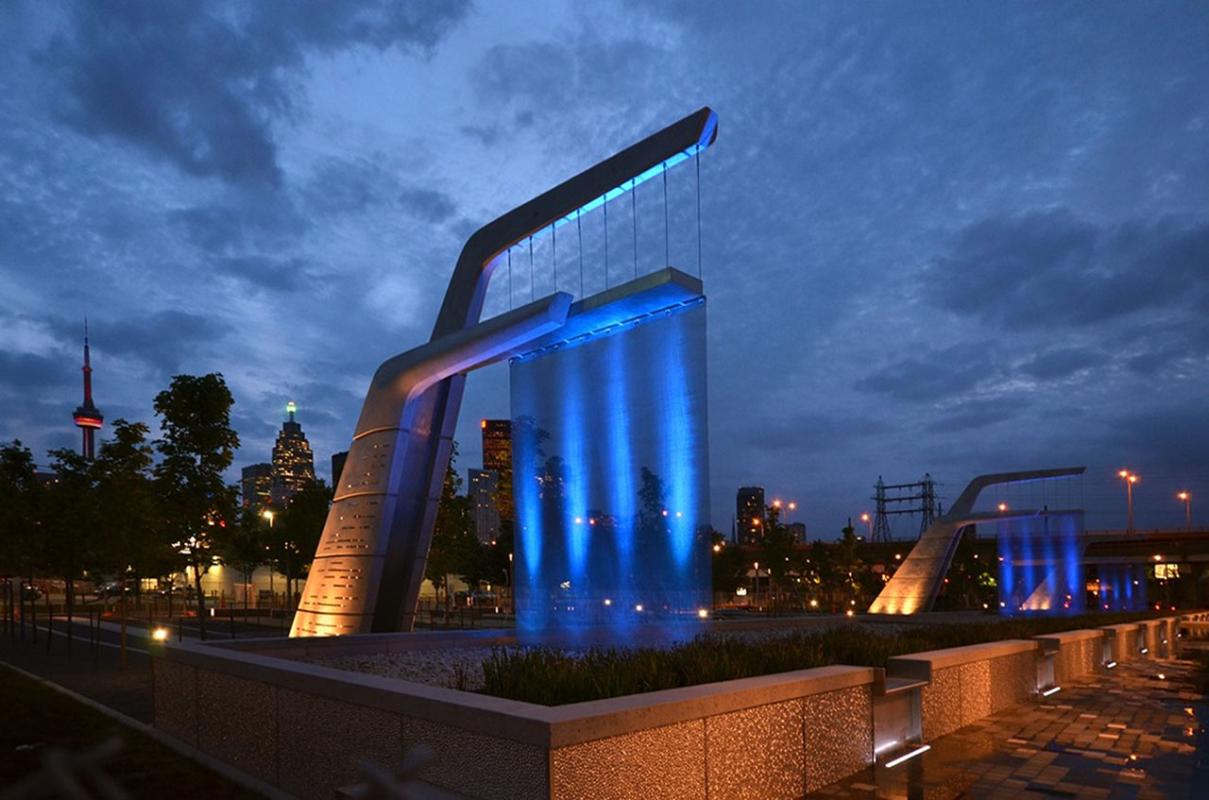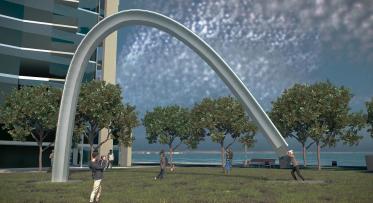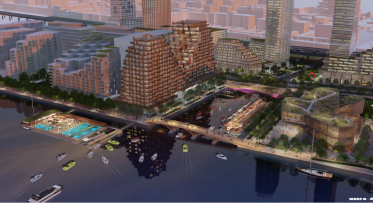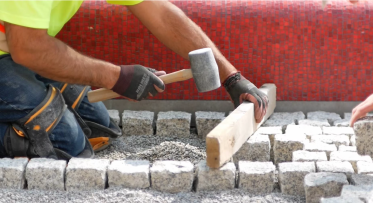Public Art is Essential to Building a Neighbourhood’s Character
Public art plays an important role in creating the character of a city’s places and spaces – and the cultural, social and economic benefits of public art are real. The public art master plan for Toronto’s new West Don Lands neighbourhood is ensuring that all those benefits are integrated from the start.
POSTED: MAY 21, 2014
BY: CHRISTOPHER MCKINNON
Public art has a way of capturing our imagination and creating opportunities for new experiences, provoking thought and encouraging us to see new perspectives. Many notable public artworks have also helped to create iconic destinations. For instance, Anish Kapoor’s Cloud Gate has become an symbol of Chicago’s Millennium Park. Or, take Robert Indiana’s Love sculpture, which has led Philadelphia’s JFK Plaza to be nicknamed Love Park. Other works can be subtle and small-scale but no less memorable. They still tell stories about our history and culture, create moments for contemplation, rouse us from the mundane, humanize the built environment and provide an opportunity for playfulness in an otherwise routine journey. Perhaps you can tell a lot about a city, by the kind of public art it builds. Cities across the globe are adding phenomenal new works of public art to their streets and public spaces, like an urban character-building exercise on a broad scale.
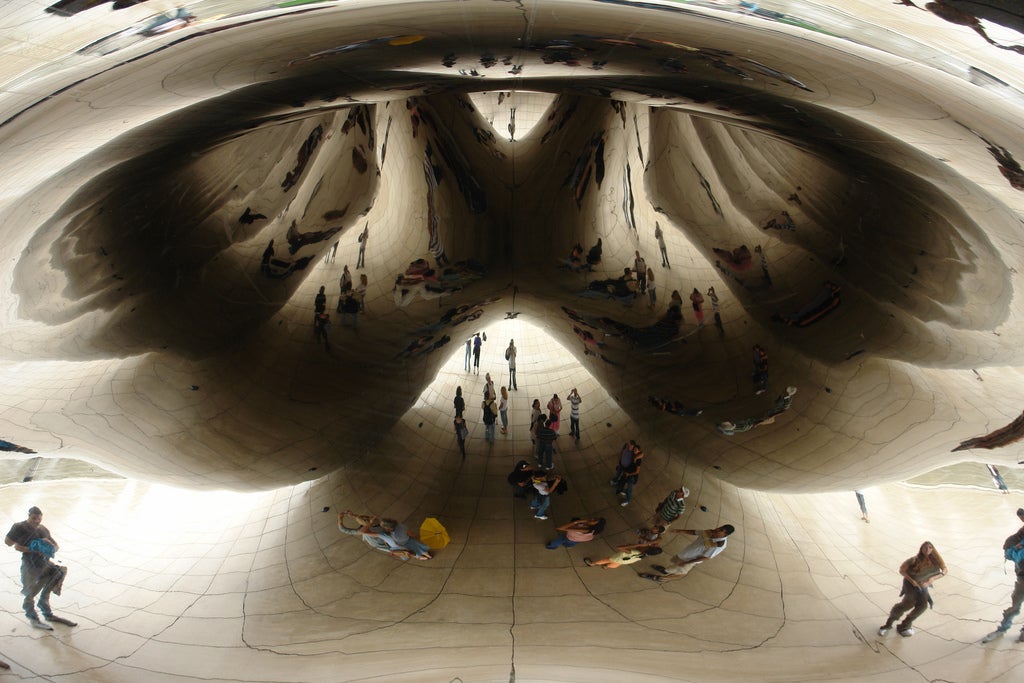
Anish Kapoor’s Cloud Gate has become an iconic part of Chicago’s Millenium Park. (Image credit: Flickr user MD111)
While many Torontonians might not realize it, their city is actually full of public art. The city’s collection of nearly 300 public artworks – not to mention many more pieces that are privately owned but publicly accessible – plays an important role in creating the vital character of our streets, parks and public spaces. Public art is part of most Torontonians’ daily experience, and it’s worth paying attention to. If you’re not familiar with some of the city’s artworks, this series of columns in The Grid called “What’s the Meaning of This?” is not a bad place to start your exploration. And the city’s collection continues to grow as the Percent for Public Art Program encourages significant development projects to set aside a minimum of one percent of gross construction costs for the installation of public art. Building new public art is a good thing. It has tangible benefits that go beyond the social and the cultural to deliver real economic benefits. For example, a public art project at Wilshire Vermont Station in Los Angeles was found to have significantly boosted publicity and venue rentals for the real estate developer who funded it.
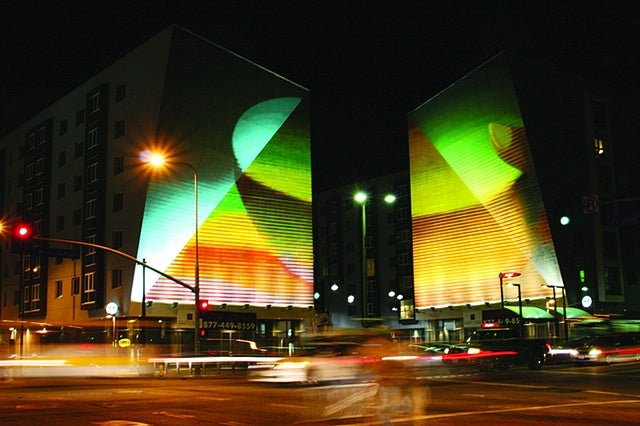
The large-scale public art commission by environmental artist April Greiman at Wilshire Vermont Station in Los Angeles was found to have directly encouraged leasing interest and rental income in nearby event venues. (Image from the artist's website)
Planning a whole new neighbourhood from scratch provides a unique opportunity to plan public art projects in a very holistic way. The West Don Lands strategy integrated public art in the early planning phases and, as a result, public art sites were integrated into the designs for the public realm – streets, overpasses, parks and other public spaces –from the very beginning. The strategy offered specific recommendations for conceptualizing, planning and commissioning public art that celebrates the industrial heritage and sustainable future of the site. By pooling funds on the precinct-wide level, we’ve been able to commission works of public art that will have greater impact, placing them prominently so they’ll be more visible and more accessible to the people who live and work there.
Following recent announcements about new commissions for Front Street East and Eastern Avenue, the West Don Lands’ collection of public art is shaping up to be pretty impressive: A balance of work by renowned international artists like Mark di Suvero and Tadashi Kawamata, alongside work by a diverse group of Canadian artists. Taken together, the public artworks and urban design are already establishing a cultural presence and setting the tone for this new neighbourhood.

